87 Years Ago, The Atrocities Committed by the Japanese Invaders Recorded in Diaries
On December 13, 1937, the Japanese invaders successively occupied major city gates such as Zhongshan Gate, Zhonghua Gate, Guanghua Gate, and Taiping Gate. On that day, Nanjing fell, and 300,000 lives were trampled and killed, forever falling in the Nanjing Massacre that lasted for more than six weeks. Massacre, rape, robbery, and arson occurred... The ancient capital of Nanjing was plunged into a storm of blood and fire. The fear of children, the tears of women, and the despair of the elderly... These has become the most heartbreaking page of this dark history.
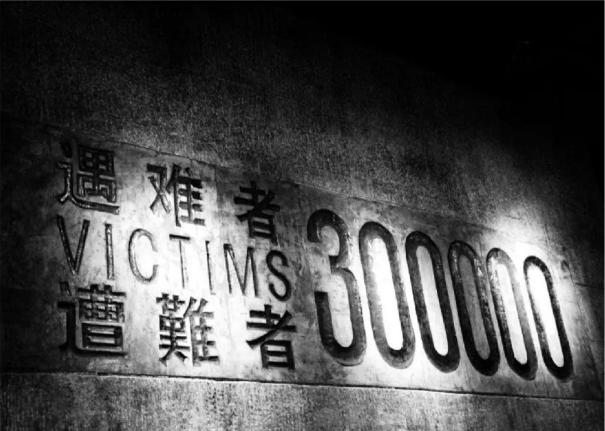
Massacre
After occupying Nanjing, the Japanese invaders openly violated international law and humanitarian principles by conducting large-scale searches and massacres of prisoners of war, while indiscriminately killing unarmed civilians.
Kesago Nakajima, the commander of the Imperial Japanese Army (IJA) 16th Division in China, wrote that in his diary on December 13, 1937: “Due to the basic non-implementation of the policy of capturing prisoners, it was decided to adopt a policy of complete annihilation... Sasaki's troops alone annihilated about 15,000 people.”
Senji Yamada, the commander of the 103rd Infantry Brigade of the IJA 13th Division, wrote that in his diary on December 15, 1937: “Sub-Lieutenant Honma was sent to Nanjing to deal with the prisoners and other matters, and was ordered to ‘kill them all'.”

In addition to large-scale massacres, Japanese soldiers wandering the city indiscriminately killed civilians. Instances of scattered killings were seen everywhere. American missionary John Magee, who stayed in Nanjing at the time, wrote in a letter to his wife: “The Japanese soldiers slaughtered not only all the prisoners they could find, but also a large number of civilians of all ages. it was like hunting rabbits in the wild, many civilians were indiscriminately killed by the Japanese soldiers on the streets. From the south of Nanjing to Xiaguan, the entire Nanjing was littered with corpses...”
Rape
During the massacre, the Japanese invaders also committed widespread sexual violence against women, regardless of age—even pregnant women were not spared. According to the judgment of the International Military Tribunal for the Far East, nearly 20,000 rape cases occurred in Nanjing during the first month of Japanese occupation of Nanjing.
Robert Wilson, an American surgeon in the University of Nanking Hospital, wrote in his diary on December 18, 1937: “Today is the sixth day of Dante's purgatory, written in bloody and obscene Chinese characters. A large number of people have been massacred, and thousands of women have been raped. It seems that no force can stop the cruelty, lust and barbarism of these beasts.”
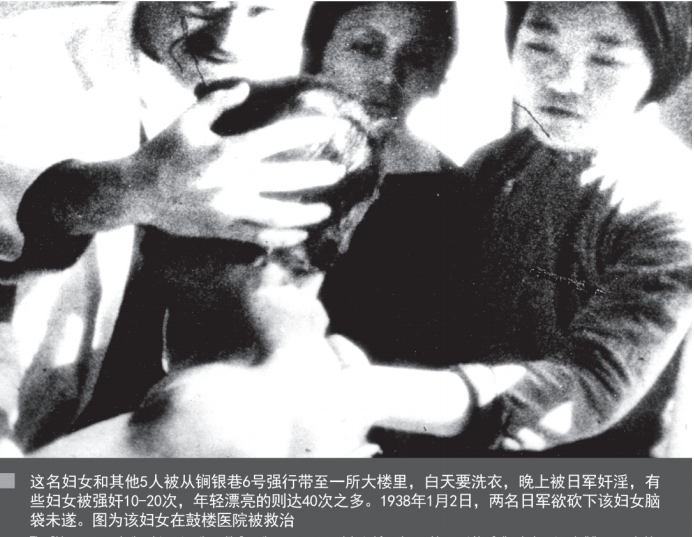
The Japanese invaders also implemented the evil "Sex Slaves" system. On December 11, 1937, Iinuma Mamoru, chief of staff of Shanghai Expeditionary Army in China, wrote in his diary: “Regarding the Sex Slaves facilities (referring to the “Sex Slaves” stations), the Japanese area forces (referring to the Japanese Central China Area Forces) issued file to implement this system.”
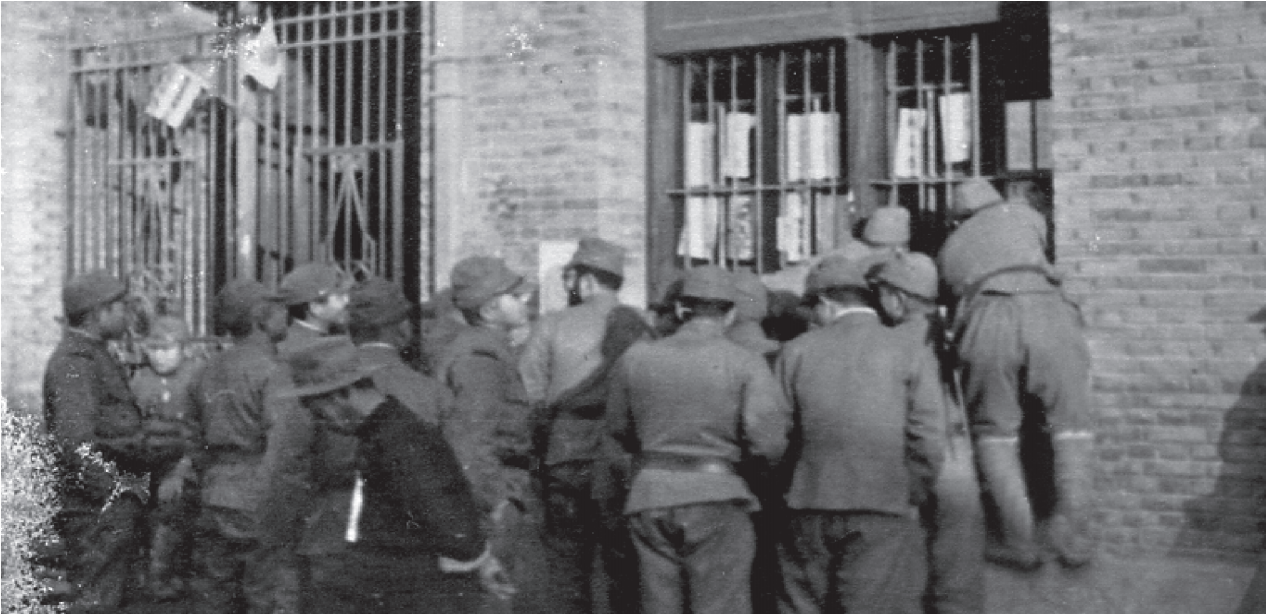
In January 1938, the Japanese invaders established “Sex Slaves” stations in Nanjing
Robbery
The Japanese invaders plundered whatever they wanted, including food meant for refugees, clothing for hospitals, and the property for foreign nationals. Kesago Nakajima, the commander of the IJA 16th Division in China, recorded in his diary the atrocities committed by the Japanese invaders: “The Japanese invaders carried out robberies regardless of whether it was under the jurisdiction of other units or not. They forcibly broke into civilian homes in these areas and looted everything. In short, the thicker one’s skin, the more shameless one is, and the greater the advantage one takes.”
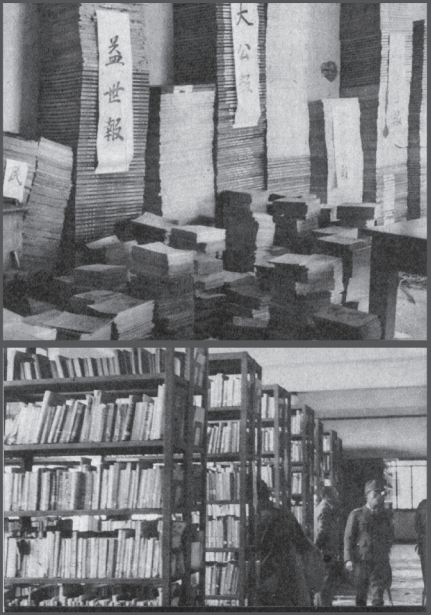
Books and newspapers looted by the Japanese invaders
On December 14, 1937, John Rabe wrote in his diary: “The Japanese soldiers formed small teams of 10-20 people and wandered through the city, looting shops. If I hadn't witnessed it firsthand, I wouldn't have believed it... Some Japanese soldiers dragged away boxes of stolen goods, while others requisitioned rickshaws to transport the looted items to safe locations."

The Japanese army transported the looted items in two trucks at the scene of the massacre, where corpses were scattered everywhere
Arson and destruction
After the Japanese army occupied Nanjing, they set fires arbitrarily inside and outside the city, burning down the bustling commercial street of Taiping Road and the area around Confucius Temple and destroying about one-third of the buildings in the city.
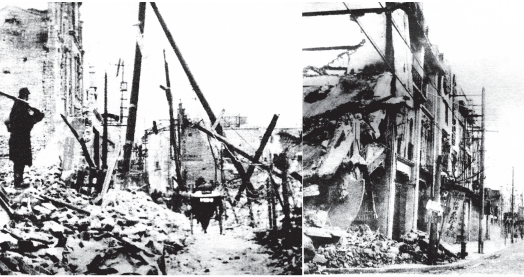
Streetscape of Nanjing after being burned and destroyed by the Japanese army
On December 21, 1937, John Rabe wrote in his diary: “There is no doubt that the Japanese are setting fire throughout the city, perhaps just to cover up traces of their looting. Last night, there were six fires in the city. One of the major fires occurred on the Zhujiang Road (the continuation of Guangzhou Road along my southern courtyard wall) ... At 2:30 a.m., I was awakened by the sound of the collapse of the courtyard wall and the roof. The fire has spread to the main street, Zhongshan Road.”
The Japanese army not only set fire in the city, but also in the outskirts of Nanjing. On December 16, 1937, soldier Tsuzo Hasegawa of the 33rd Infantry Regiment of the IJA 16th Division wrote in his diary: “Before 7 p.m., we burned down small villages along the way in the mountains and advanced to a place called Paitouxiang Village in Sheshan Town to camp.”
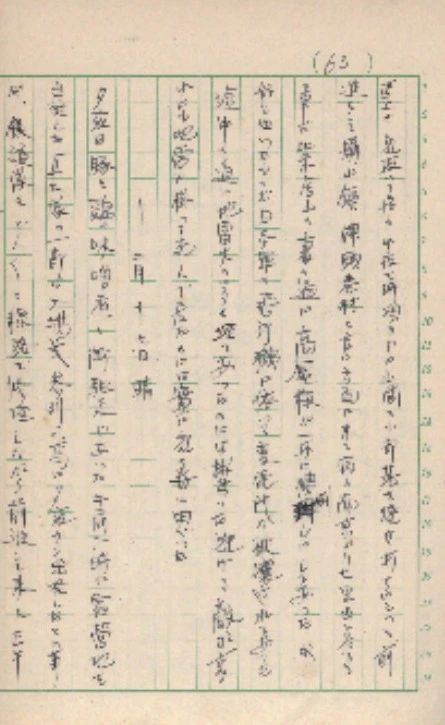
The Nanjing Massacre is the most typical and representative example of countless atrocities committed by the Japanese army during their invasion of China. It is stand as a catastrophe event in human history that should never be forgotten by all peace-loving people.

